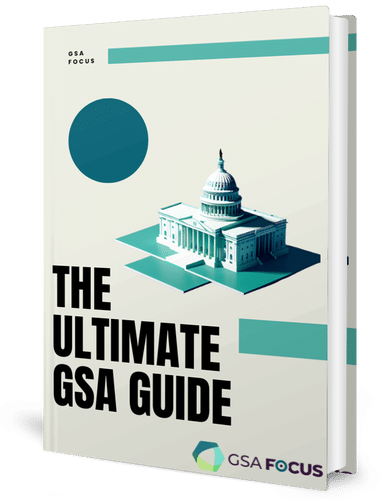The Federal Acquisition Regulation (FAR) outlines in depth the law on how federal bidding and acquisition is to be handled. The FAR is a document divided into 53 parts based on topic, and is constantly being updated by new laws as they are passed. This Post is taking a good look into Part 6 – Competition Requirements, as well as several other Parts. The ultimate goal of this Post is to educate government contractors on what takes place once their proposal is submitted to a Federal Contracting Officer.
The Federal Bidding Process
Table of Contents
ToggleBelow is a general description of the federal bidding process, as described in the FAR:
- Acquisition Planning – researching and developing an action plan on the best method to source a need.
- Publicizing Contract Actions – Posting of procurement needs publicly for contractors to see.
- Competition – Acceptance of bids in either a sealed bid or competitive bid format, adhering to the competition requirements outlined in the FAR
- Opening of Bids and Award of Contract – Error-check & correction, Selection of the most cost-effective bid and award.
The Two Types of Proposals
There are two different types of proposals that a federal buyer can request depending on the type of procurement – Sealed Bidding and Competitive Proposals. Here is the related text directly from the FAR:
6.401 Sealed bidding and competitive proposals.
Sealed bidding and competitive proposals, as described in Parts 14 and 15, are both acceptable procedures for use under Subparts 6.1, 6.2; and, when appropriate, under Subpart 6.3.
(a) Sealed bids. (See Part 14 for procedures.) Contracting officers shall solicit sealed bids if—
(1) Time permits the solicitation, submission, and evaluation of sealed bids;
(2) The award will be made on the basis of price and other price-related factors;
(3) It is not necessary to conduct discussions with the responding offerors about their bids; and
(4) There is a reasonable expectation of receiving more than one sealed bid.
(b) Competitive proposals. (See Part 15 for procedures.)
(1) Contracting officers may request competitive proposals if sealed bids are not appropriate under paragraph (a) of this section.
(2) Because of differences in areas such as law, regulations, and business practices, it is generally necessary to conduct discussions with offerors relative to proposed contracts to be made and performed outside the United States and its outlying areas. Competitive proposals will therefore be used for these contracts unless discussions are not required and the use of sealed bids is otherwise appropriate.
It is noteworthy that there are cases where this can be bypassed, such as for National Security, Public Interest, Etc. However, the buyer must justify foregoing the legal federal bidding procedures due to one of these cases (Outlined in Suppart 6.3 – Other than Full and Open Competition).
Exclusion of Sources
Agencies can exclude sources if they deem that it is in their best interest. This means a number of things, but in most cases it means that that they can “set-aside” a solicitation for a particular Small Business type. The full list of these Small Business set-asides is found in Subpart 6.2, but some common ones are 8(a) certified, Woman-Owned, Minority Owned, etc.
The 3 Bid Goal
It is not mandatory that a Contracting Officer get 3 bids to award a contract, however it is scrutinized why so few bids were received. In order to foster competition, award may be cancelled due to lack of federal bidding. The FAR touches on this in Suppart 14.4: 14.408-1 (b) as follows:
If less than three bids have been received, the contracting officer shall examine the situation to ascertain the reasons for the small number of responses. Award shall be made notwithstanding the limited number of bids. However, the contracting officer shall initiate, if appropriate, corrective action to increase competition in future solicitations for the same or similar items, and include a notation of such action in the records of the invitation for bids (see 14.204).
The Contracting officer is responsible for the level of competition. If competition falls short of the allowable limit for federal bidding, then they have the ability to either move forward (justify the lack of competition) or adjust the bidding process to attempt to gather more bids (increase competition).
Sources:
FAR – Part 6
FAR – Part 14



